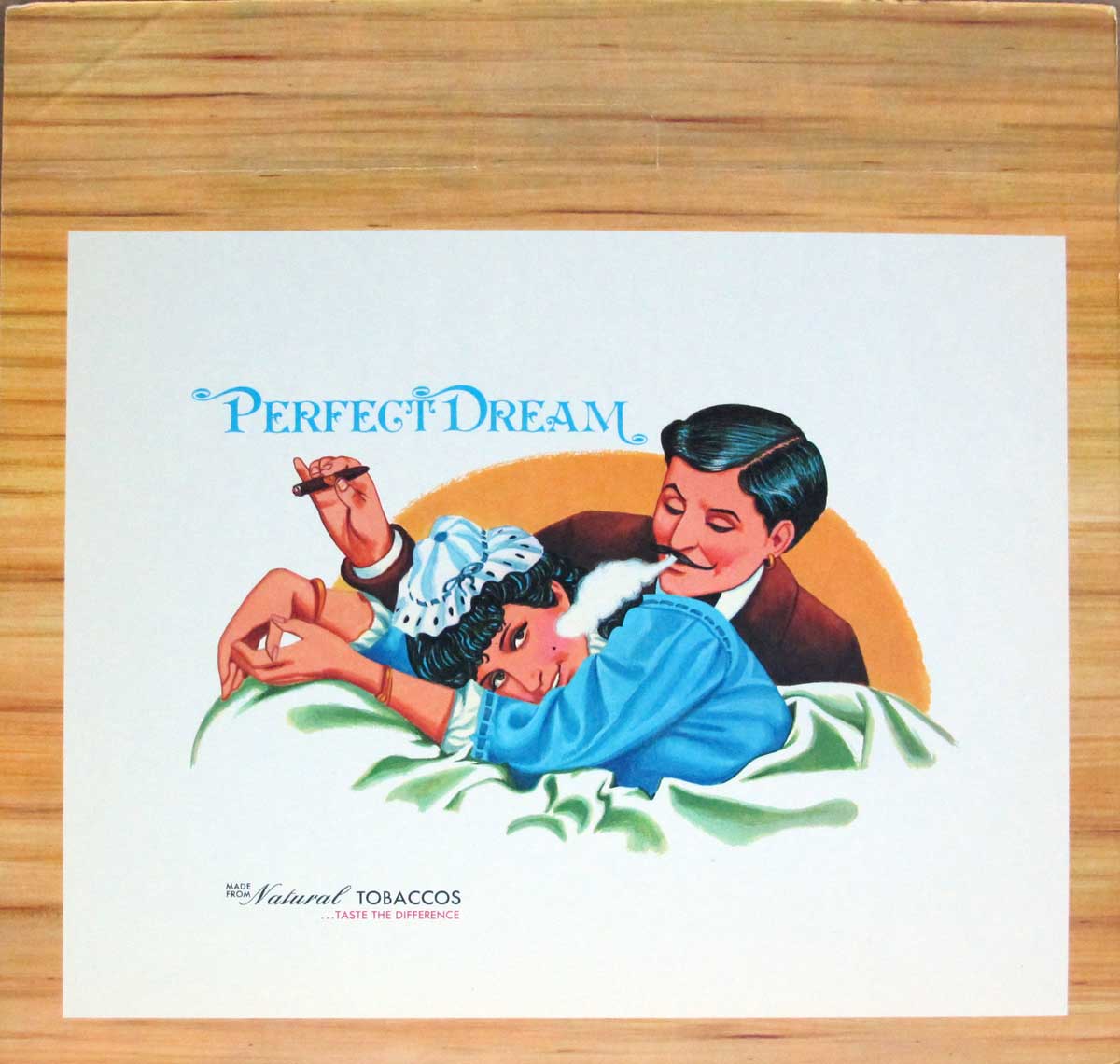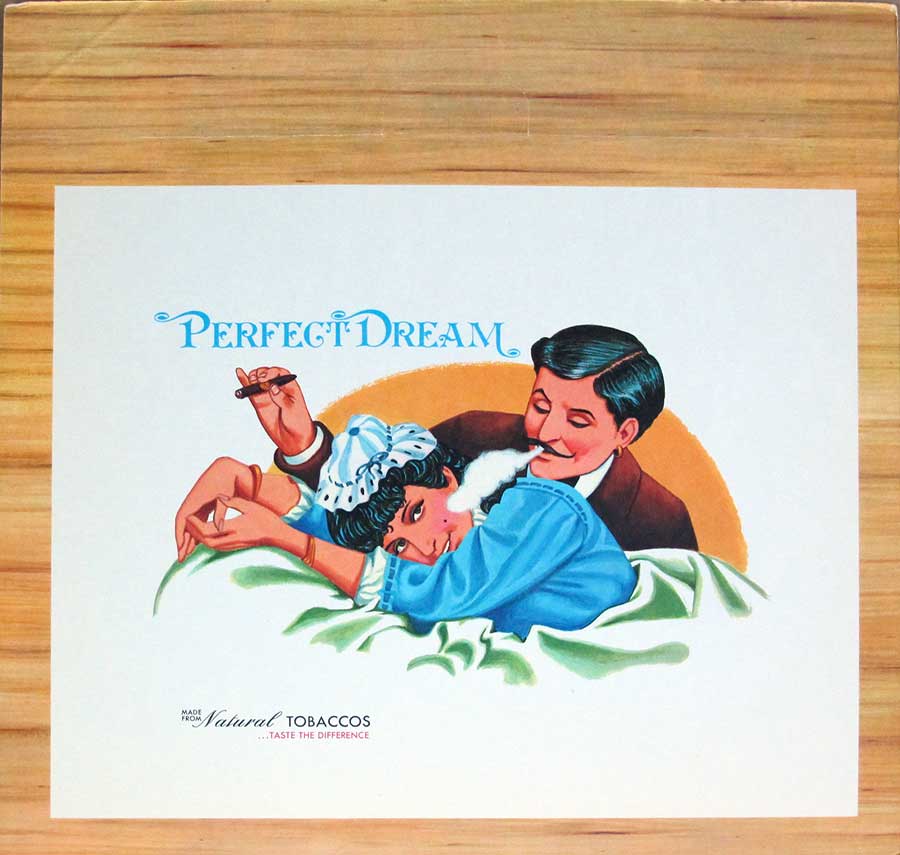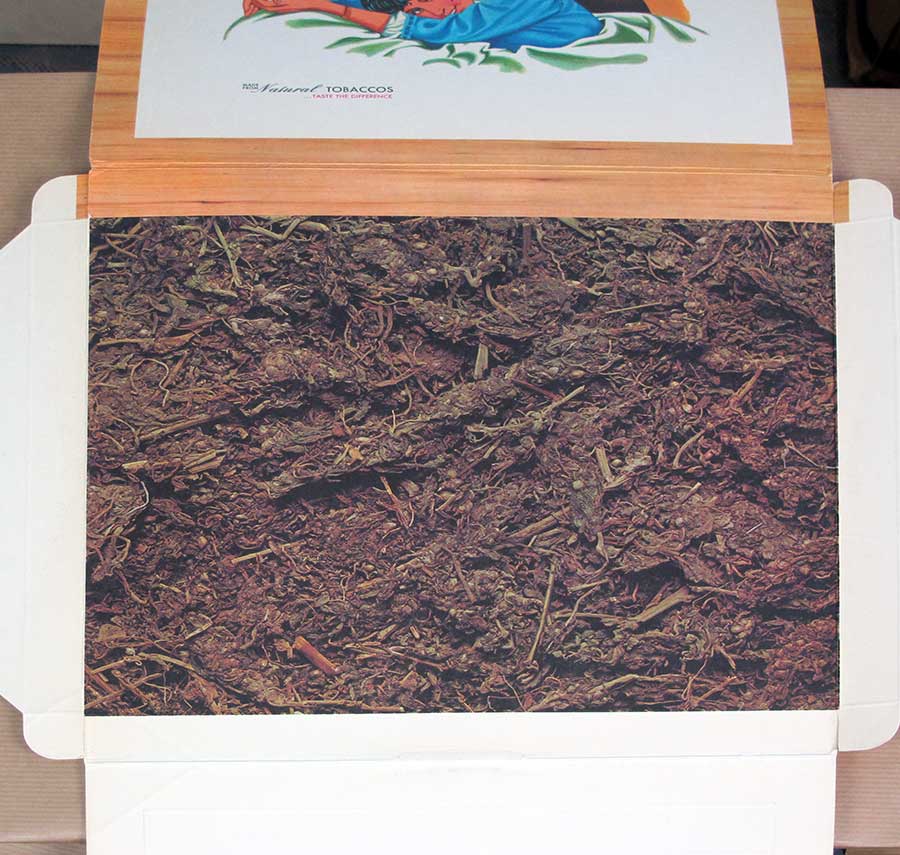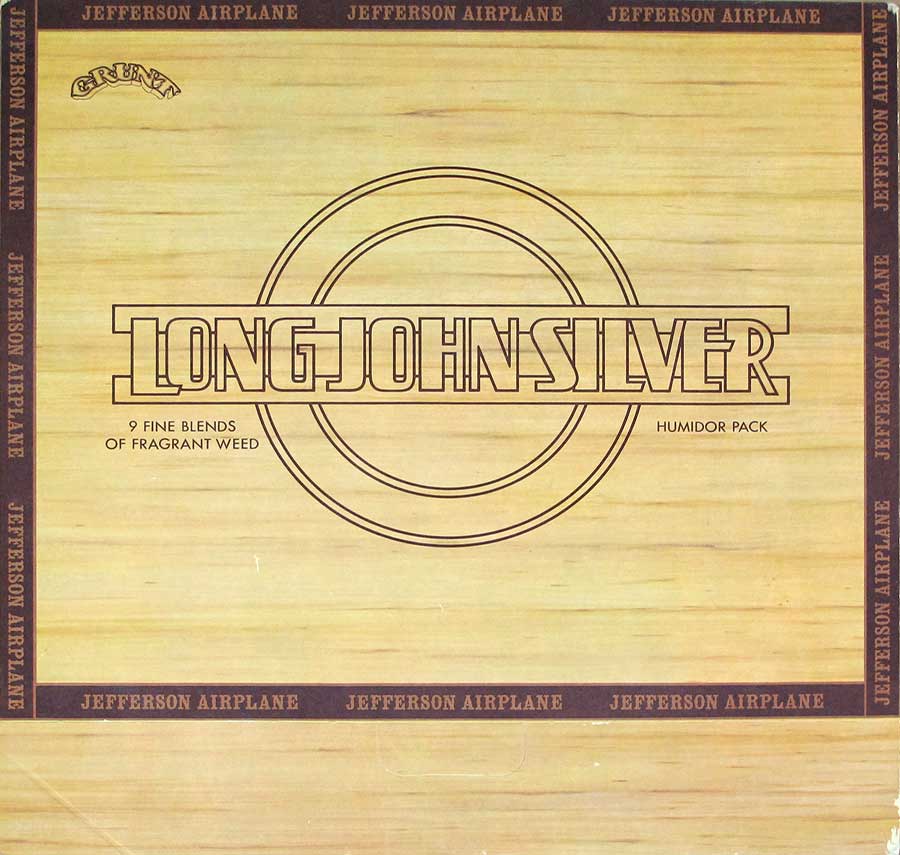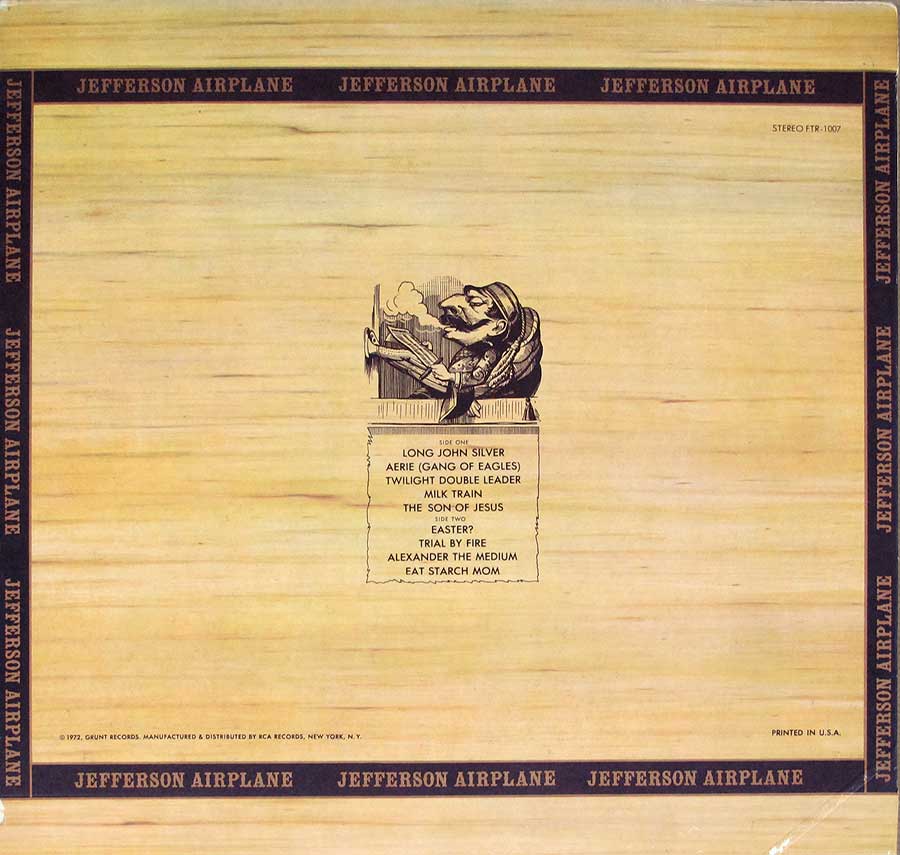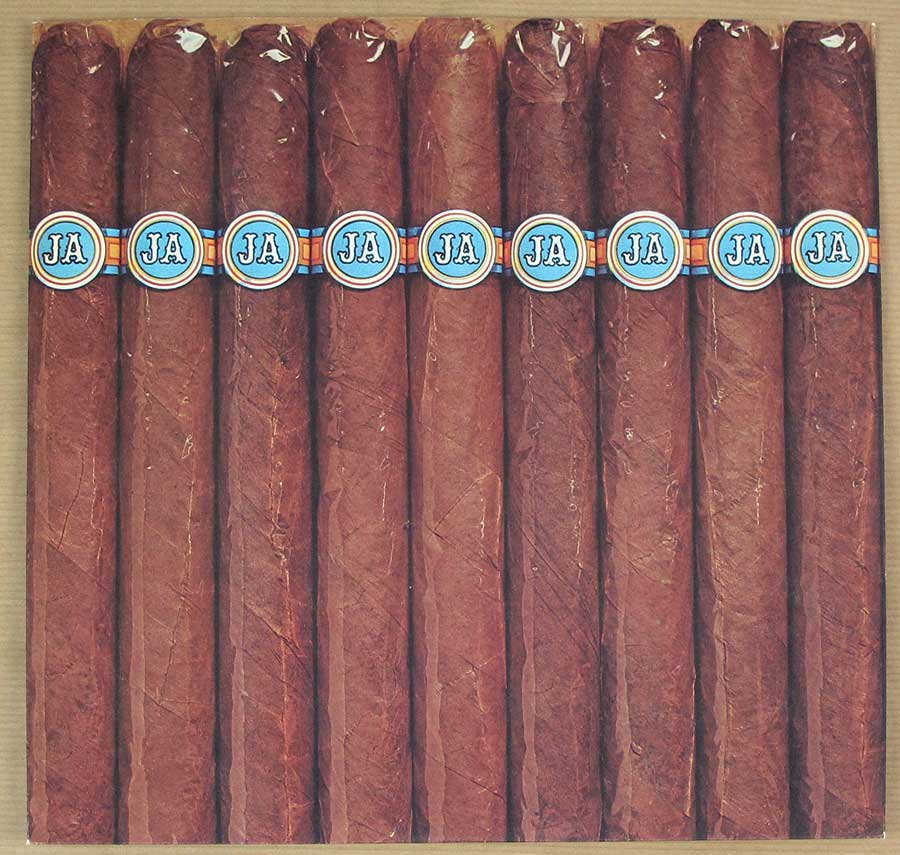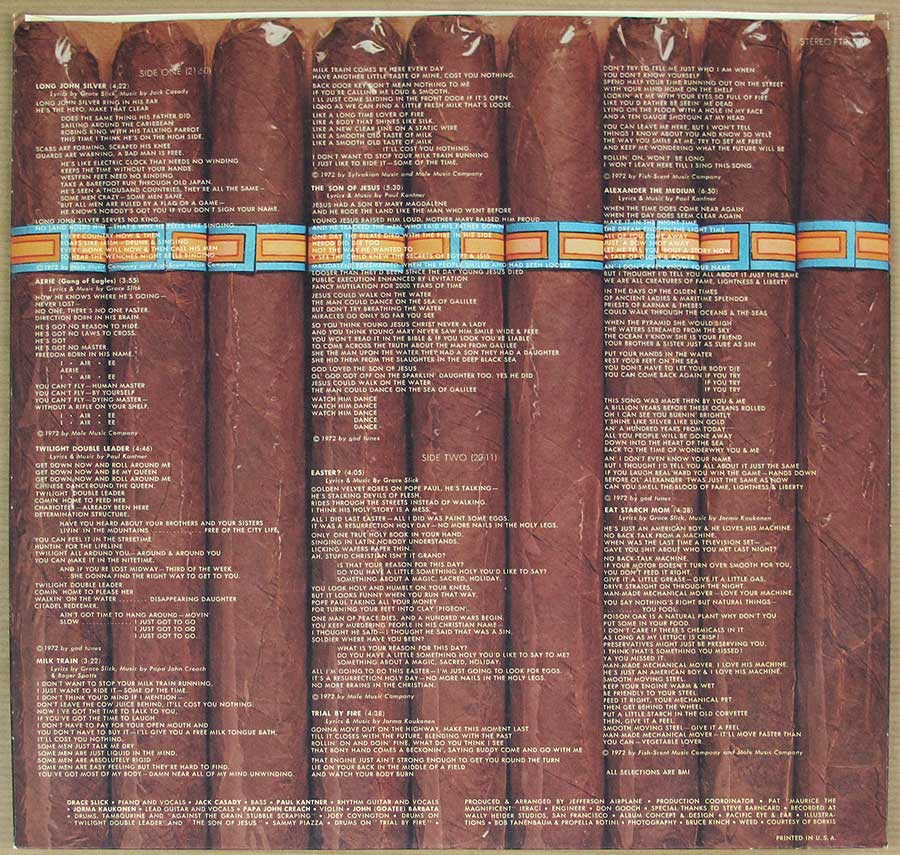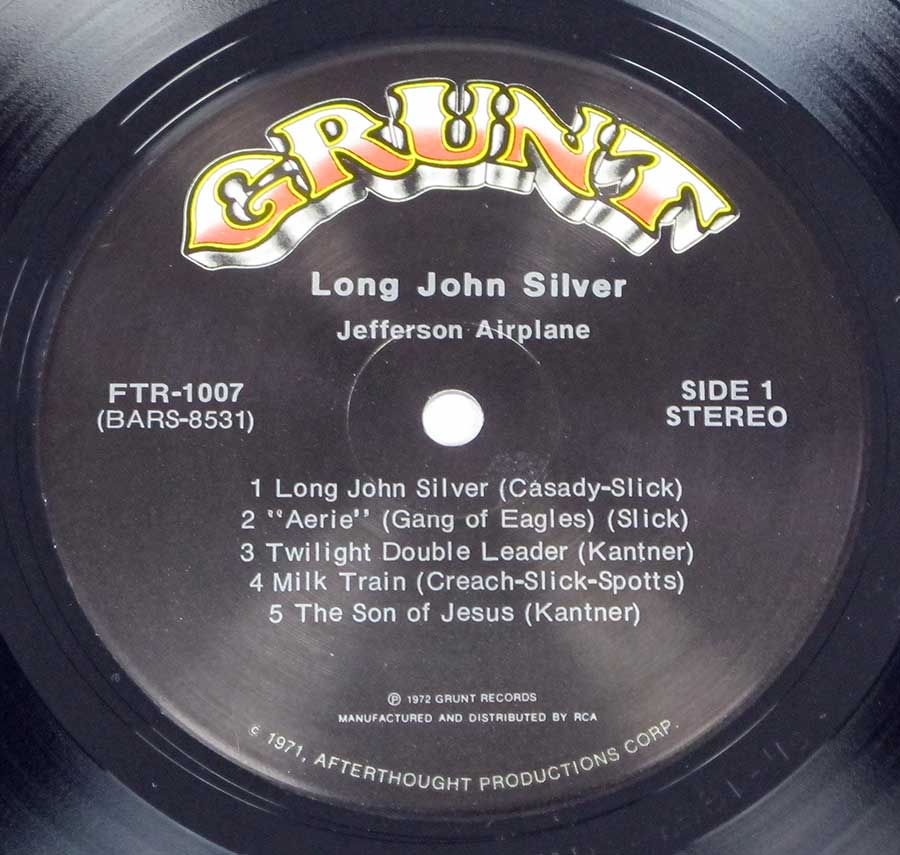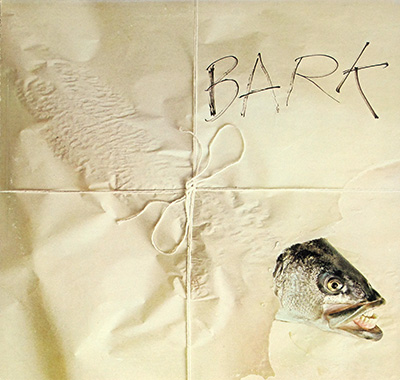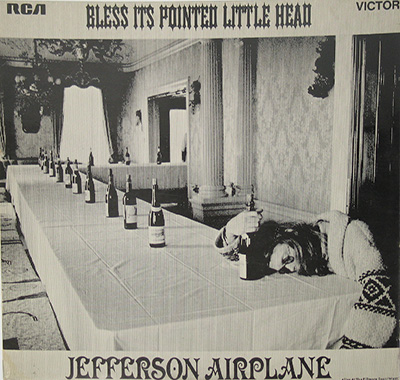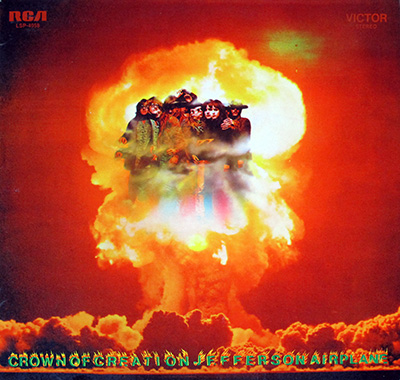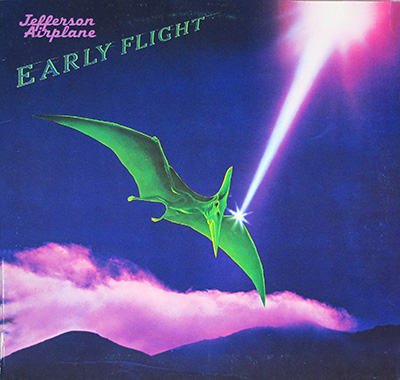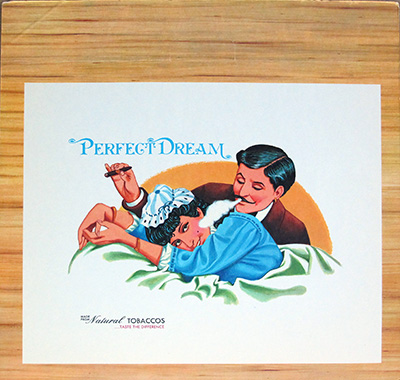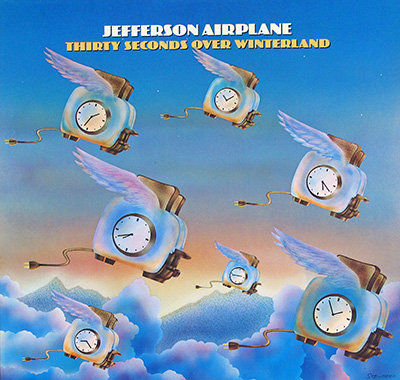Jefferson AirplaneÕs Final Trip: "Long John Silver" and the End of an Era Album Description:
Released in 1972, Jefferson AirplaneÕs "Long John Silver" arrived at a turbulent moment in American music and politics. The Summer of Love was a fading memory, the Vietnam War dragged on, and the counterculture that Airplane had once helped define was splintering into paranoia, disillusionment, and harder-edged sounds. "Long John Silver" didnÕt just reflect that tensionÑit absorbed it, crackled with it, and exhaled it in plumes of weed smoke and electric violin screeches.
Historical Context and the Psychedelic Hangover
The early '70s were unkind to many of the original psychedelic trailblazers. By the time of this release, Jefferson Airplane had already begun to fragment. Marty Balin was long gone. The cultural revolution they once chanted from rooftops now sounded more like a weary sigh. And yet, in "Long John Silver," the band showed they still had fangsÑand a few wild cards left in their deck.
Musical Exploration and Genre Fusion
Categorized broadly under acid psychedelic rock, this album walks a crooked line between traditional San Francisco psych and murky, jam-heavy experimentation. ItÕs a rawer, darker record than their earlier output. Tracks like "Twilight Double Leader" and "Eat Starch Mom" fuse proto-punk agitation with progressive structure, while "Milk Train" tosses electric violin into the mix with a sly wink. ThereÕs no attempt here to craft radio-friendly fareÑeach song is a mini-manifesto, delivered with rough edges fully intact.
Controversial Packaging and Countercultural Defiance
Much has been said about the albumÕs humidor-style coverÑa fold-out cigar box with a blunt photographic nod to marijuana inside. It was as much an act of rebellion as it was a marketing stunt, but it encapsulated the bandÕs refusal to conform to the post-Woodstock malaise. The packaging was the bandÕs middle finger to censorship, commercialism, and the industryÕs clean-up act. In other words: pure Airplane.
The Production Team and Studio Setting
The album was produced by the band themselves in collaboration with Pat "Maurice The Magnificent" Ieraci, a mainstay embedded in the San Francisco sound. Recording took place at Wally Heider Studios, a location synonymous with the West Coast rock scene. Sound engineer Don Gooch captured the albumÕs thick textures and chaotic interplay with precision, managing to keep the swirling mix coherent without taming its feral energy.
Design and Artistic Vision
Visually, "Long John Silver" is a feast. Pacific Eye & Ear handled the design, with illustrations by Bob Tannenbaum and Propella Rotini. Photographer Bruce Kinch added a gritty realism to the inner visuals, making the albumÕs packaging feel like an extension of its musicÑpart collage, part confessional, wholly unfiltered.
A Lineup on the Brink
Despite (or because of) internal tensions, the musical performances shine. Grace Slick remains a formidable presence, her vocals sharp and incantatory. Jorma KaukonenÕs guitar work ranges from bluesy introspection to fuzz-drenched freakouts, while Jack Casady anchors the chaos with his melodic bass lines. Papa John Creach brings strange electricity with his violin, and Paul Kantner injects political fire through his guitar and lyrics. A rotating cast of drummersÑJohn Barbata, Joey Covington, and Sammy PiazzaÑgive the album its rhythmic dynamism, each contributing a unique pulse.
Conclusion: Last Flight of the Airplane
"Long John Silver" is no psychedelic daydream. ItÕs the sound of a once-utopian band waking up to the hangover of their own revolution. ThereÕs grit on the grooves, darkness in the lyrics, and defiance in every note. If their earlier albums were fueled by love and acid, this oneÕs driven by friction, fatigue, and flashes of rebellion that still burn hot over 50 years later.
